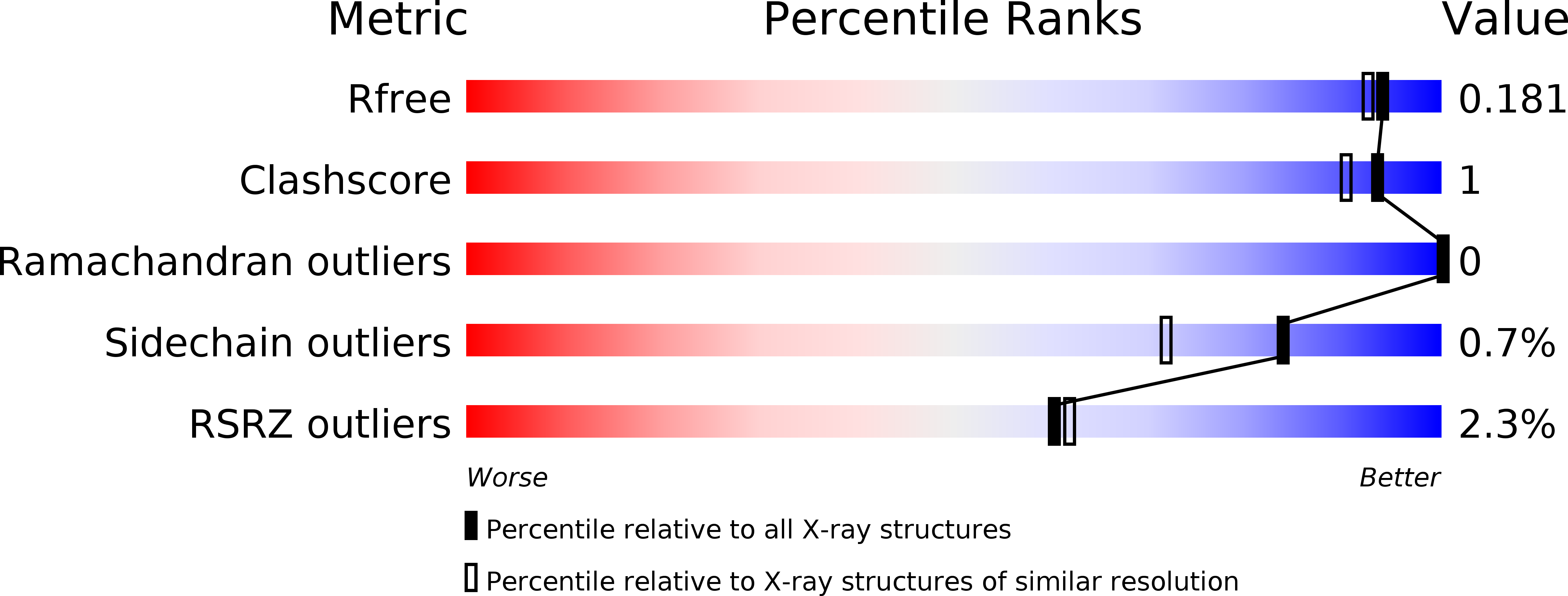
Deposition Date
2012-04-23
Release Date
2012-09-19
Last Version Date
2024-02-28
Entry Detail
PDB ID:
4ES8
Keywords:
Title:
Crystal Structure of the adhesin domain of Epf from Streptococcus pyogenes in P212121
Biological Source:
Source Organism:
Streptococcus pyogenes (Taxon ID: 294934)
Host Organism:
Method Details:
Experimental Method:
Resolution:
1.58 Å
R-Value Free:
0.18
R-Value Work:
0.15
R-Value Observed:
0.15
Space Group:
P 21 21 21


